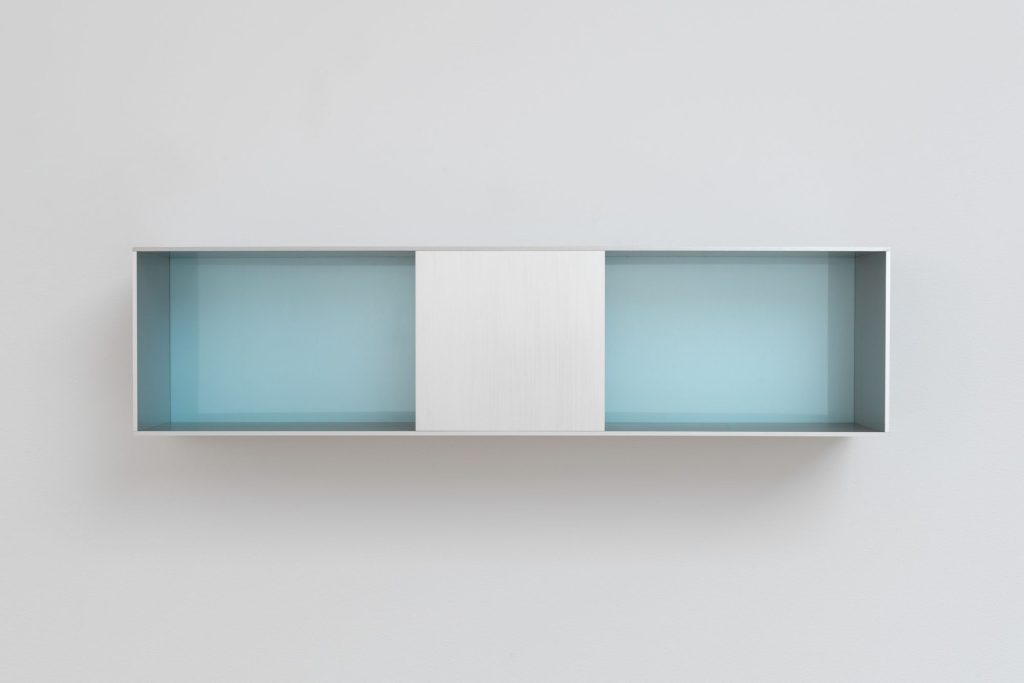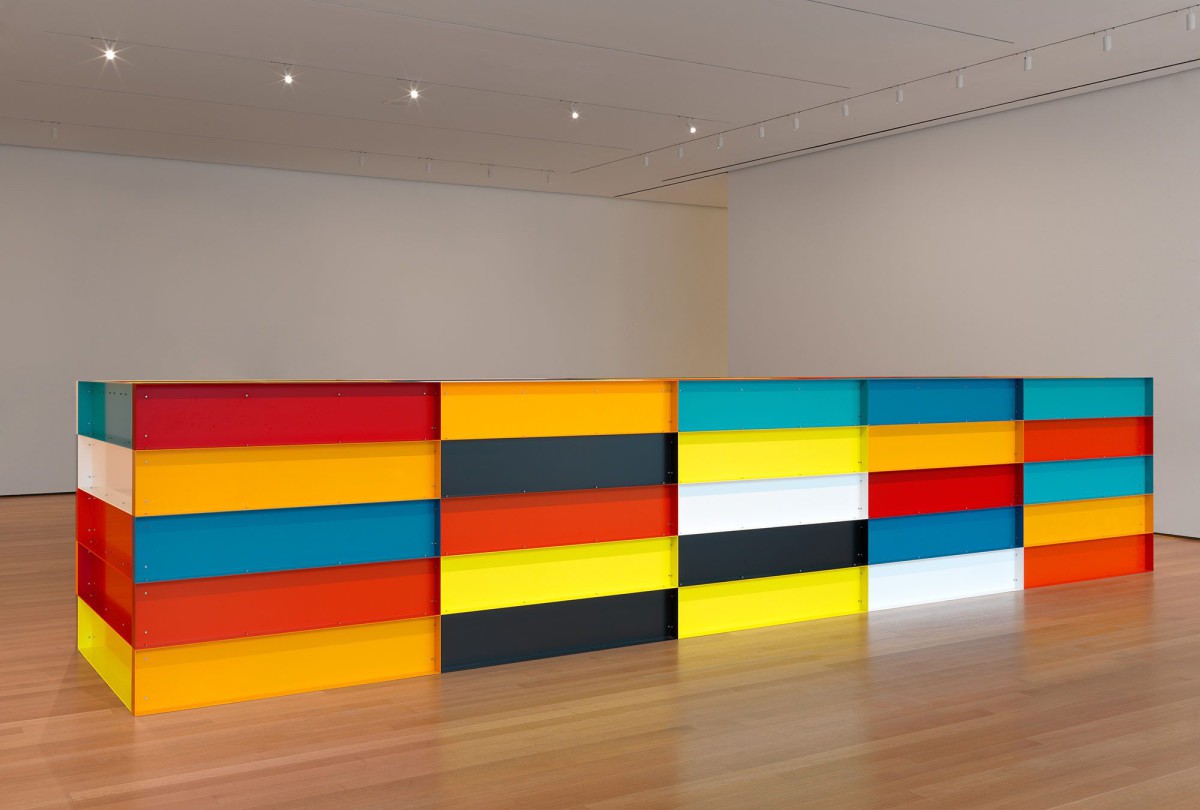+ Gagosian
Judd’s radical art making and thinking helped shape the look of the late twentieth century and continues to influence artists, architects, and designers worldwide. He has exercised a transformative impact on the ways in which both art objects and practical designs are produced, exhibited, encountered, and used. Continue reading Donald Judd






